Recently, we attend a seminar and exhibition on new Swedish wooden architecture.
As new construction technologies become more affordable and safe, this sector of the building industry seems to be booming.
We wanted to get more information on this... and so we interviewed someone who is dealing with wood architecture on a daily basis.
This particular event was held in Tallinn at the Museum of Estonian Architecture. There we had the pleasure to listen to a speech by Monika Pitura, about wooden buildings designed by Wingårdhs Architects.
Wingårdhs Architects has offices in Stockholm, Gothenburg and Malmö.
Altogether, they employ more than 200 highly skilled people, covering multiple disciplines related to architecture.
Monika works at Wingårdhs as Senior Architect and she has been so kind as to answer a few questions for us.
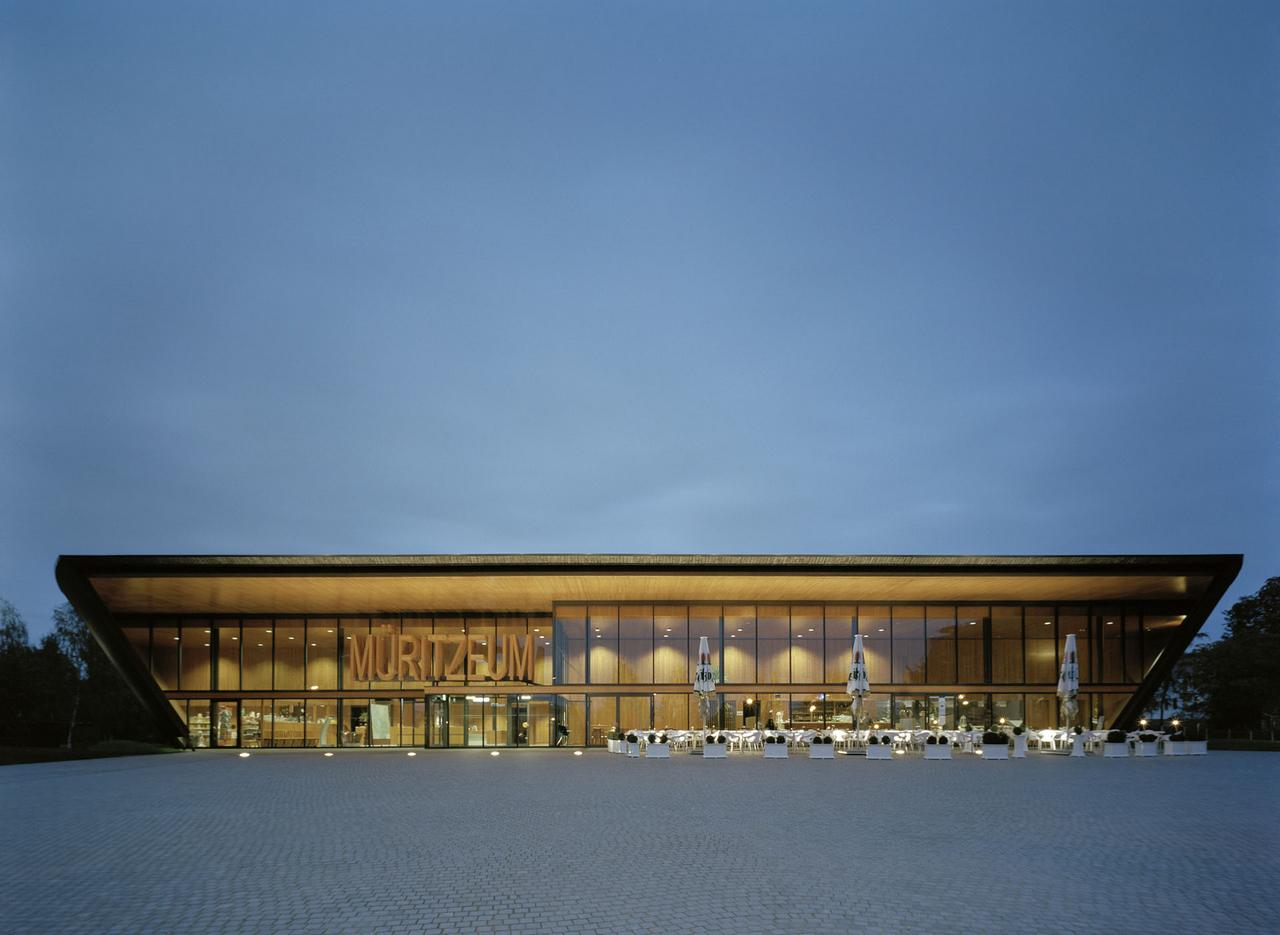
Photographer: Åke E:son Lindman
How long have you been working at Wingårdhs architects and why did you choose that company?
I started in 2003 as an intern.
I had an architect from Wingårdhs as an assistant at school. He taught us we should investigate, not just do things.
He taught us to investigate and go back to the roots and to find the limits of the conditions and possibilities.
That kicked off my interest in Wingårdhs.
I started working abroad and then, after my thesis, Wingårdhs called me...
Now I have been working there for thirteen years.
How does building in wood fits in Wingårdhs’s pipeline of projects?
Do you see more people coming to your office wanting to build in wood?
Yes, I believe so, there has been a movement in this direction.
Before, only small buildings were built in wood. Traditionally, that's what everybody knew, and it is also the cheapest way.
But talking about building larger and taller buildings, apartments, gyms or industrial buildings... glulam and CLT changed the scene. a lot.
With those technologies came many new possibilities but also restrictions.
The regulations are a bit behind. When building in wood, you have to do many things you don't have to do when building in concrete.
We have the knowledge to build higher buildings in wood, but the regulations are not quite there yet... so there is more space for further growth.

Photographer: Tord-Rikard Söderström
Do you usually propose building in wood or is it the clients who demand this?
Yes, we are now actively trying to incorporate wood and wooden structures into our projects, since it is the most sustainable building material.
Last year, on the company's Christmas card we showcased all our on-going projects with wooden structures.
More and more clients and municipalities are asking for wood as well, so it is working both ways.
What would be the reasons for building more out of wood?
The first thing is that in a wooden building you feel good. It's the material we connect with, as human beings.
On top of that, it is the most sustainable material you can build with.
If we want to stay on this planet longer, we have to build in more sustainable ways.
The deforestation that some might be concerned about is not an issue at all. In fact, with cross-laminated timber (CLT) you can use young fast-growing wood and spare the older plants in the forest.
Also, the feasibility and economic return of a project can improve if we build it out of wood.
With wood, you can build faster as there is less work to do on the site.
We are used to doing things in certain ways and this limits our view of the actual possibilities.
At the moment the construction period is really long while the planning phase is much shorter... but building in wood, using factory technologies, would reverse that.
With wood, we need more time to prepare the project and less time to build it.
Not everybody likes that change, nor they understand it.
There is also an issue when it comes to calculating construction costs this way. Unfortunately, cost estimators are not able to change their logic.
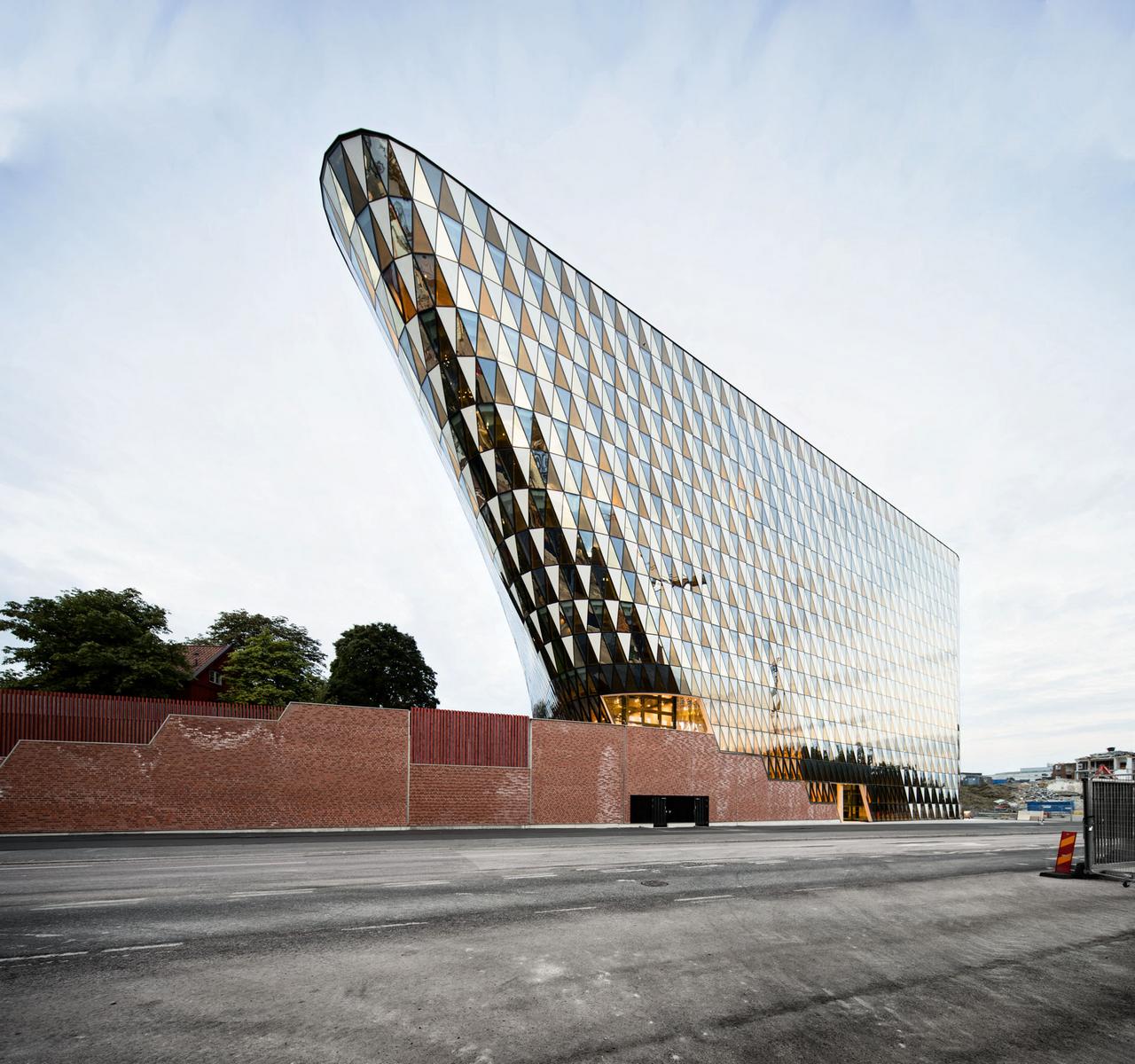
Photographer: André Pihl
Wingårdhs has also taken another kind of responsibility by investing the company's money into the building, in order to secure the outcome.
This is a kind of insurance architects take in cases where the developer refuses to use a particular solution.
What can you say about that?
Yes, it is fantastic that Gert Wingårdh has a passion for these projects, so he is willing to do that.
When you are a pioneer and do things differently, in a way nobody has ever done before, there is always a risk.
Somebody has to take that risk.
Do you think taking this kind of risk is worth it?
Of course I do. How would the Universeum building in Gothenburg look if it didn’t have that wooden canopy?
In steel, it would be something totally different.
From every project, we learn something. In this way, we are investing time and money in research and development.
Of course, innovation always includes risk... but this is how progress work: when they built the first skyscraper, they also took a tremendous amount of risk.
If you look at other technologies, cell phones, etc... somebody has to take the risk and make an investment.

Photographer: Åke E:son Lindman
What are the main wooden technologies you have used in your buildings? ...and which are the trends?
In larger buildings, we used to use glulam but now CLT is gaining more and more popularity.
We have projects in which the waiting time to get CLT panels is really long because of the demand.
In the seventies, many interiors were built in wood, and now we get the backlash.
Some generations say that the wood turns yellow and they do not want sauna-like houses.
But it is a question of treatment and what can be produced.
For the previous generation everything was supposed to be minimalistic: white, concrete, no details.
Now we are back in a time when we value handcraft and real materials: we want to know where our food comes from, how it is grown... we want to know where our floor comes from...
And so, there are large changes in people’s mindsets and wood really answers questions of sustainability.
The first question you should ask is: should you build at all? ...do you really need that new house, that new car, that new phone?
I do not think that we can build a society where we grow our own food and live in the countryside. We have to make adjustments, but they cannot be too drastic.
We do not have to own a car, we can share a car, it does not have to be diesel or gasoline, it might be electric.
When it comes to construction, we probably have to use concrete as a material, we cannot avoid it totally.
But we should also think about what kind of glue we use in glulam walls and how to make wood not so tasty for insects.
I think we are living in very interesting times, and so the research goes on in these projects. And for architects, it is super interesting.
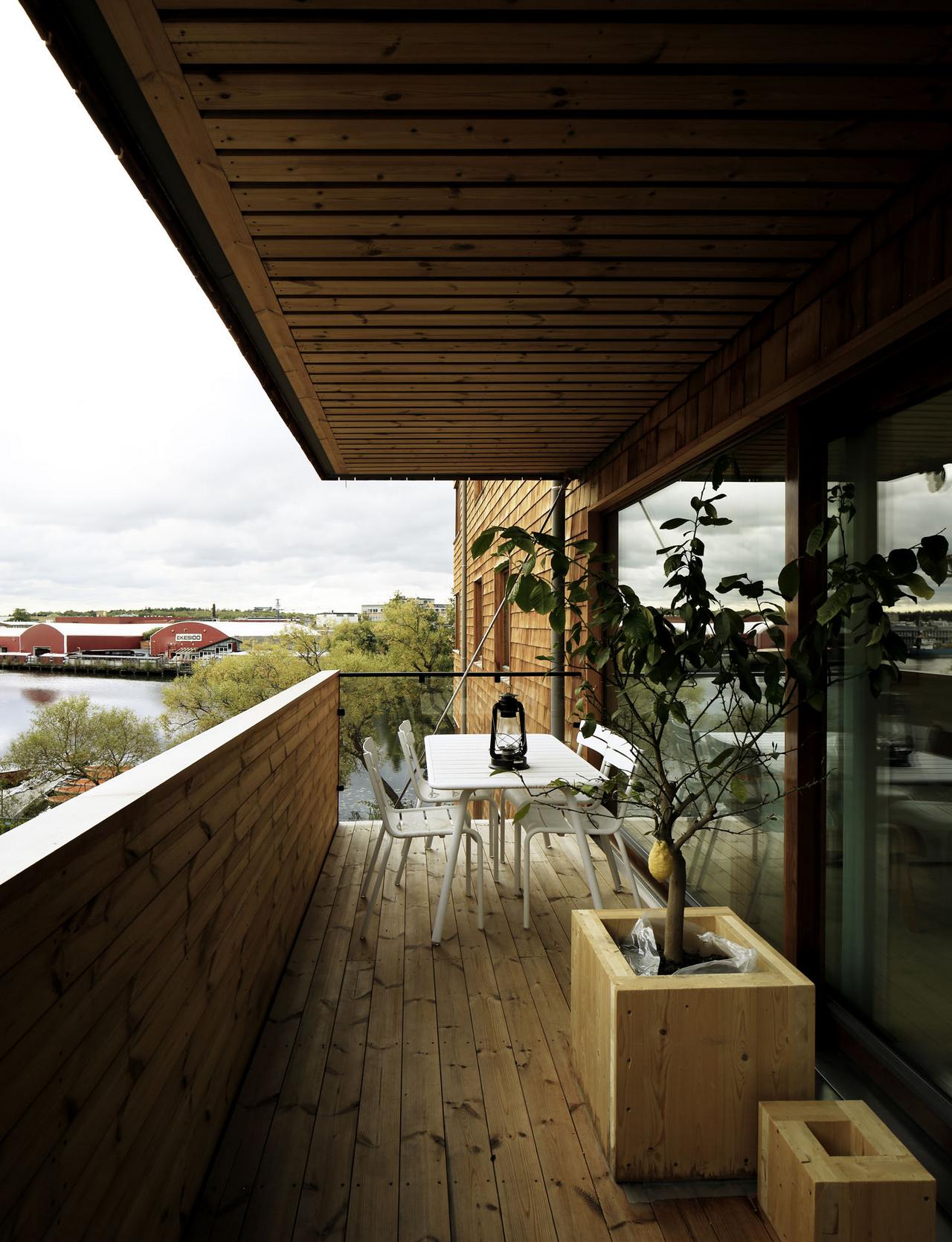
Photographer: Tord-Rikard Söderström
You said that you are always really location-specific.
Have you considered building standardized repeatable architecture?
We often start with our own projects as references, so the client has an idea of what we have done before.
In addition, we try to bring this issue up very early, to ease the conversation and get the process going.
We have developed prototypes for standardization for clients, for single-family houses and now also apartment building.
For instance One Tonne Life, a sustainable family house that has the aim of reducing the carbon footprint to one-ton of carbon dioxide per year.
However, the majority of our projects are unique buildings.
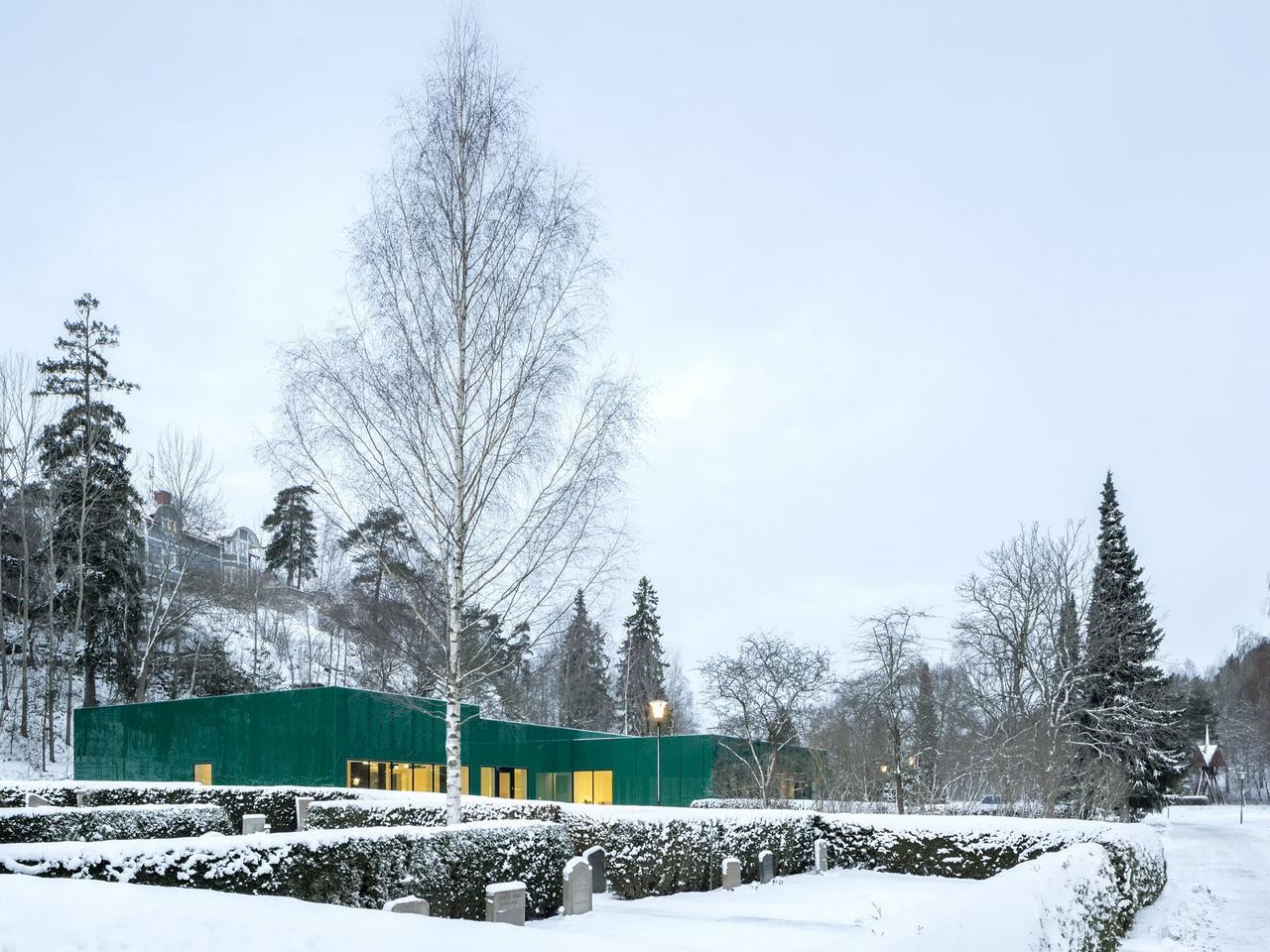
Photographer: André Pihl
The most profound way to learn is by doing and by making mistakes.
Have there been any failures?
In architecture, you want to make mistakes before they happen on site.
In the Strandparken housing project, we didn't manage to get the massive wooden structure exposed inside the apartments.
For this project, we would have wanted to have more detail in the production of the CLT so that everything, for example, door fittings, was exposed.
We took what we learned into the next project, in order to be a step ahead in the future.
We also failed in that we made tender drawings in CLT, but the tender did not come to fruition.
You can have more control if you know more and if there are more "brains" in the process.
That way you learn and can be a step ahead of traditional developers and builders.
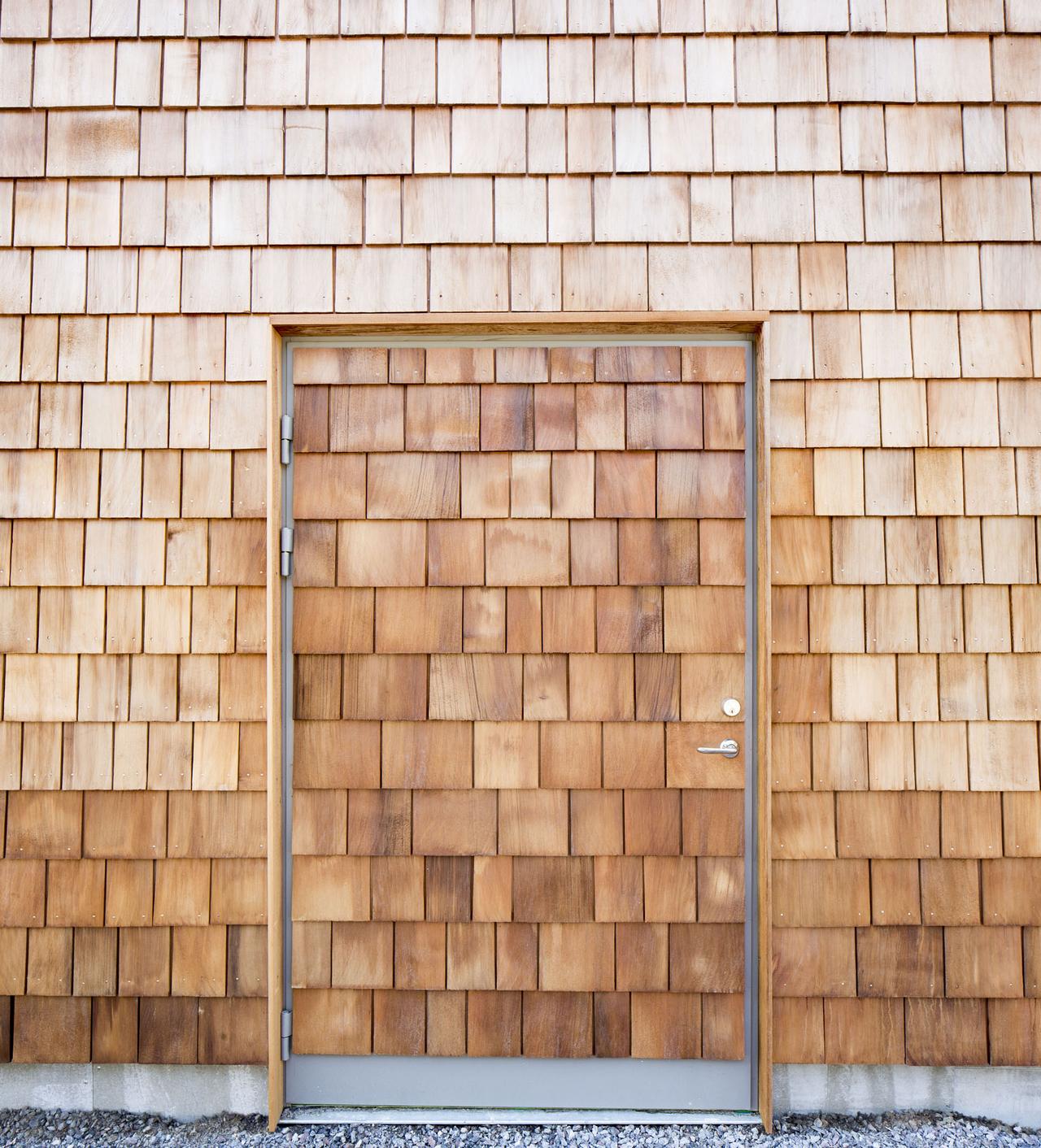
Photographer: Tord-Rikard Söderström
In Estonia we built a wooden bridge on the Tallinn Tartu highway, but there was a problem. Water got inside the structure, where it should not get.
The bridge became rotten and it was demolished. Then another similar bridge was built, but it was made of steel.
It really makes for a negative precedent...
It's all about knowledge and experience.
All parties involved must have the required knowledge and play their part. Architects, engineers, and most importantly builders have to know what they are doing.
You have to have the right solutions, pick the right materials, coatings and so on.
Boats are traditionally built in wood, as are piers in the sea. If you’re building something like this you would not choose birch, you would pick oak or another type of wood that is more resistant to water.
So yes, mistakes are made but, out of those, lessons can be learned.

Photographer: Tord-Rikard Söderström
Conclusion (by Monika Pitura)
In Sweden, the market is dominated by a few big contractors.
So far, they have not been much interested in building with wood.
I believe they will change their approach, and when they do, a lot of things will happen quickly, especially about standardization and development.
In the meantime, I think that new technologies give smaller companies the opportunity to get ahead and being disruptive.
We are really living in very interesting times. It happens with all technologies.
Look at Tesla for example… that would have not been possible 20 years ago.
There is so much happening today, and we can contribute in a good way.
Interview and article by Tiit Sild.
Editing by Andrea Bronzini
If you want more information on the future of wood architecture or you have any other kind of question, feel free to reach out to us.




